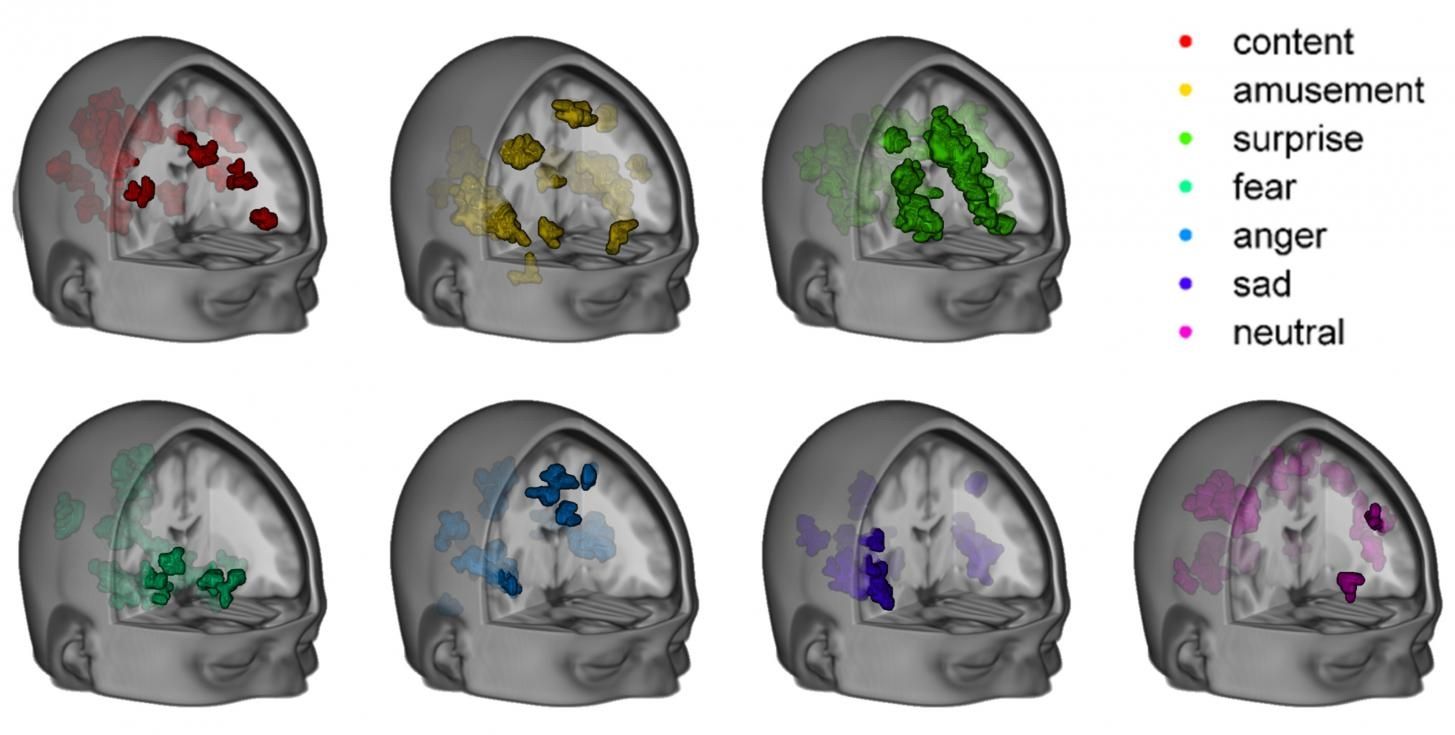GlobalFoundries is planning an aggressive rollout schedule for next-generation technologies like 7nm manufacturing and FD-SOI.
Our eyes are one of our most complex body parts, made up of numerous delicate cell structures that work together seamlessly to allow us to see. Conditions like far-sightedness, glaucoma, and cataracts are widespread, and it’s no wonder given the fragile nature of the eye’s many components.
In the worst-case scenario, optical cells malfunction to the point of blindness. But a group of scientists at the University of Melbourne in Australia recently took a critical step towards alleviating and even curing a common vision problem. Added to groundbreaking work in other areas, blindness could become an affliction of the past.
The University of Rochester’s new quantum enigma machine is taking data encryption to a whole new level. This means shorter encryption keys and more difficult message interception.
Need a way to prevent the enemy from intercepting and deciphering your message?
American mathematician Claude Shannon, AKA the “father of information theory” had a way to do it. He came up with a binary system that could transmit messages under three conditions: the key is random, used only once, and is at least as long as the message itself. A long key, though, sounds like a pain.
As you relax and let your mind drift aimlessly, you might remember a pleasant vacation, an angry confrontation in traffic or maybe the loss of a loved one.
And now a team of researchers at Duke University say they can see those various emotional states flickering across the human brain.
“It’s getting to be a bit like mind-reading,” said Kevin LaBar, a professor of psychology and neuroscience at Duke. “Earlier studies have shown that functional MRI can identify whether a person is thinking about a face or a house. Our study is the first to show that specific emotions like fear and anger can be decoded from these scans as well.”









